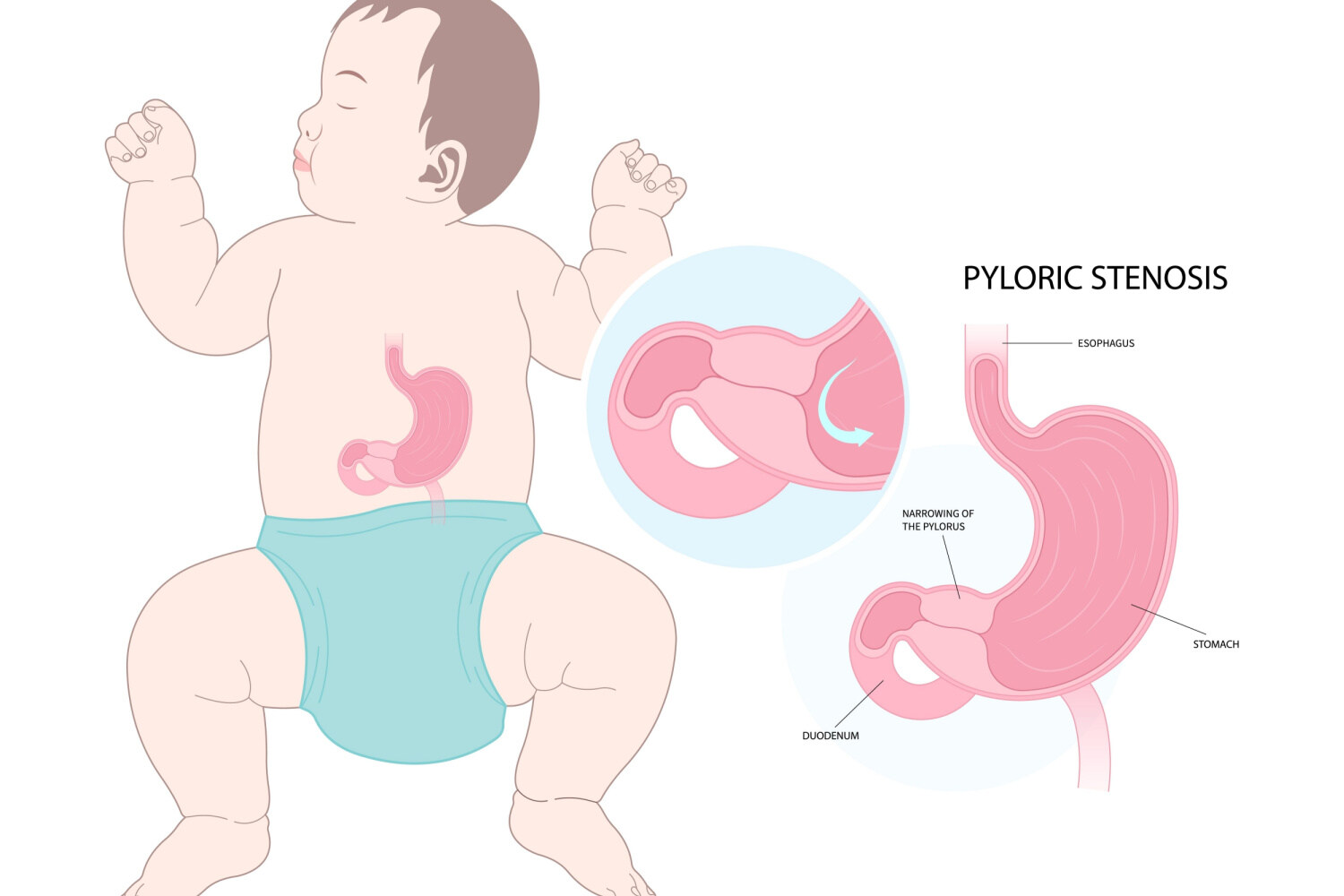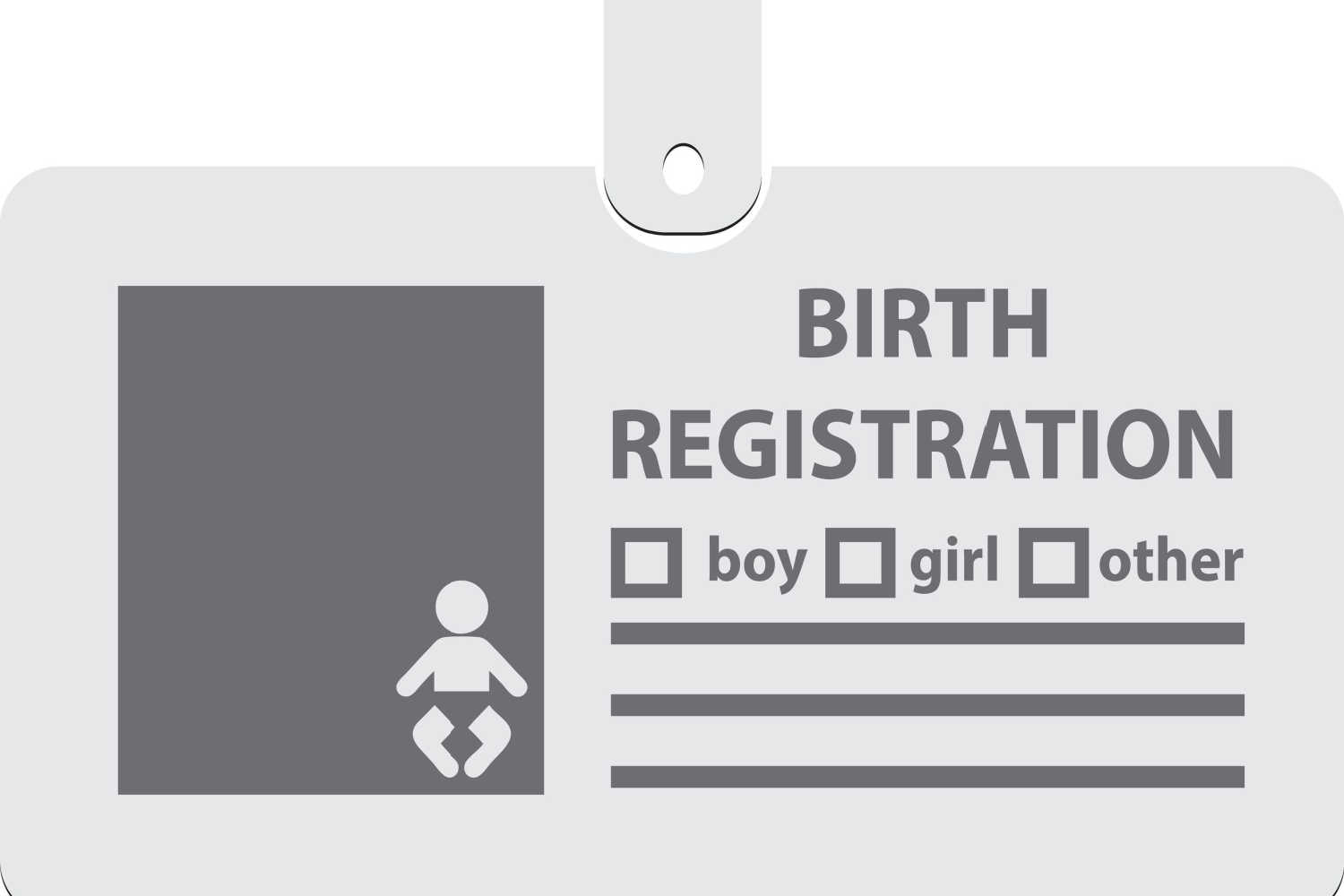
Baby Self-Feeding – When to Start, Stages and Safety Tips
6 min readWritten by Gayathri Lakshminarayanan


Self-feeding is an important milestone for your little ones. It is that big step where your little ones transit from spoon to fingers. Self-feeding helps your baby explore new food in terms of taste, smell, and texture. Baby self-feeding means the highchair time is going to be messy.
In this article, we shall discuss more about self-feeding, how to encourage self-feeding to babies, and the various stages and benefits of self-feeding. We shall also discuss safety tips and other tips to encourage your baby to self-feed.
In This Article
- What is Baby Self-Feeding?
- When Can a Baby Start Self-Feeding?
- How Should Parents Introduce Self-Feeding For Babies?
- Two Main Stages of Baby Self-Feeding
- Amazing Benefits of Self-Feeding Skills in Babies
- Top 5 Tips For Encouraging Your Baby to Self-Feed
- Safety Tips to Consider When Starting Self-Feeding
- FAQ’s
What is Baby Self-Feeding?
Self-feeding is a phase where babies try to explore the art of grabbing and holding cups and utensils. Get ready for messy mealtimes. Self-feeding makes babies decide what food they want and what quantity they would like to eat. It makes them more independent and identifies their likes and preferences.
When Can a Baby Start Self-Feeding?
A baby is ready to self-feed when they turn 6 months, provided they have an excellent head balance, sit up and swallow food well. While some parents introduce puree foods before giving solids, others may begin with finger food, also known as Baby-led Weaning (BLW).
BLW is a practice that gives babies control over how much food they want to eat. The primary benefit of this feeding is that they can have the same food the family eats. Ensure you visit your pediatrician and get their approval before starting solids for your little one.
[Read : Baby And Solid Foods: When And How to Introduce]
How Should Parents Introduce Self-Feeding For Babies?

When introducing self-feeding to babies, the parents need to understand specific protocols. The utmost call of the hour is patience.
You need to buy a highchair for your little one and place it alongside the dining table during mealtimes. The babies like to eat along with the family.
Ensure you don’t place a bowl of the meal on their plate. Instead, scatter a few food pieces in the feeding tray. When babies see so much food at once, they can either stuff them all into their mouths at once or send all of them under the table in a single swipe. Always offer food in small quantities.
Always remember that the solids are just to complement their diet until 12 months. Breastfeeding will form part of their primary diet. So, it is widespread for infants to reject food. You may find more food to fall in rather than going into their mouth. Babies tend to accept food only after being offered more than 15 to 20 times.
When your little one continuously rejects food, keep it aside for a while and introduce it to them after a while. Force-feeding could lead to picky eating in the future.
Two Main Stages of Baby Self-Feeding
There are two stages of self-feeding classified based on the grip and grasping ability of your little one – Palmar Grasp and Pincer Grasp. The shift from bottle-feeding to self-feeding is messy. Your little one is trying to master the art of grabbing a portion of food and eating. Let us look at the stages of grasping.
1. Palmar Grasp Stage

When babies are first exposed to solids, they tend to hold food in their fists and place the entire hand flat into their mouth. Sometimes, the food tends to fall, and they try to pick it up again and put it back into the mouth in the same manner. During this phase, the mealtime is longer, but they don’t eat much. During this stage, the babies try to coordinate their fingers to pick up and eat the food.
[Read : Development Of Grasping In Babies]
2. Pincer Grasp Stage

The pincer Stage comes when your little one successfully masters the palmar stage. This usually happens between 9 to 12 months. By this time, they will be able to hold a piece of pasta or peas between their thumb and forefinger. Their menu can expand, and the quantity of food may expand.
[Read : When Will My Baby Develop The Pincer Grasp?]
Amazing Benefits of Self-Feeding Skills in Babies
The following are some of the benefits of self-feeding.
- Self-feeding is one of the earliest methods of allowing your little one to experience a sensory experience, where they can touch and feel all kinds of food, including sticky and wet textures. This will allow them to understand several textures and accept them rather than fear them.
- Self-feeding gives the babies a sense of independence. When the control of deciding the quantity of food is in the hands of babies, the tantrums reduce, and meal time becomes more accessible than ever.
- It also allows them to explore the art of grasping and holding objects.
- This method allows babies to understand their bodies. They know how much to bend to put the food inside their mouth and adjust the hanging food.
- Self-feeding improves the oral development of the baby.
Top 5 Tips For Encouraging Your Baby to Self-Feed

While self-feeding is messy, you should try to encourage your little to self-feed. The following are some of the tips to encourage your baby to self-feed.
- Allow them to practice self-feed and give them as much time as they want. Self-feeding does not happen overnight. It will take quite a long time.
- Always practice what you preach. Babies constantly learn everything from their parents. When they see you eat vegetables, they will automatically get curious to imitate you. They will end up eating all the vegetables.
- Your little one might find holding particular food they are very slippery. In such cases, grind some grains and coat the food, so it is easy to hold them.
- Always be the side of your baby when they eat. Try to have the meals together. Babies love to eat with their parents. Eating together helps them to have a meal time.
- Try offering different kinds of utensils to give them a new experience for eating. Same utensils may make them get bored quickly.
Safety Tips to Consider When Starting Self-Feeding
The self-feeding phase needs to be monitored continuously as choking and gagging risks. The following are some safety tips to be followed while the little one is self-feeding.
- Offer food based on age. During the initial stages, the food strips need to be thicker to enable the baby to hold them as they grow and master the art of chewing and holding.
- Ensure that your little one is sitting upright while eating. Else, they may end up gagging and choking.
Every one of us needs certain situations to experience new comings in our life. The babies need the space to experience self-feeding. Self-feeding means they are going to be a lot of mess. At the same time, it also means the tantrums will be less because the control over the quantity and type of food is in the hands of the little one. They also get to be more independent of their decisions. Be sure to give them the space and monitor their moves. Happy Parenting!
FAQ’s
1. What is the Difference Between Gagging and Choking?
When a baby gags, they will cough and make sounds. Choking is a situation where the baby looks terrified and will not be able to make sounds or breathe.
2. Why is it Important For Babies to Self-Feed?
Self-feeding is a phase where the babies experience the art of holding up. It improves the motor skills and oral skills of babies. It also makes them more independent.
3. When Should a Baby Start Self-Feeding?
A baby who has reasonable heat control, is sitting up, and is chewing food can start self-feeding. This usually occurs around 6 months.
Read Also: How to Make Your Own Baby Food? – Everything You Need Know

Gayathri Lakshminarayanan,CA, B.Com
Gayathri’s passion for writing had its foundation at the very early stages of her life when she was on her college editorial board and also won several awards for writing events and book review competitions. She combines her corporate experience with her writing skills and her experience as a homemaker makes her an empathetic contributor in the parenting domain . Her shift from full-time accounting professional to a homemaker gave her career a new direction.Read more.
Responses (0)
Want curated content sharply tailored for your exact stage of parenting?
Related articles

Hummus For Babies – When to Introduce, Benefits and Precautions

Pyloric Stenosis in Babies – Causes, Symptoms & Treatment

Birth Registration in India – When, How And Why

Chair Method of Sleep Training Your Baby – Know All About it

Port Wine Stain Birthmarks in Babies – Causes, Symptoms & Treatment

Jet Lag in Babies – Signs and Tips to Cope
Sponsored content
Discover great local businesses around you for your kids.
Get regular updates, great recommendations and other right stuff at the right time.





